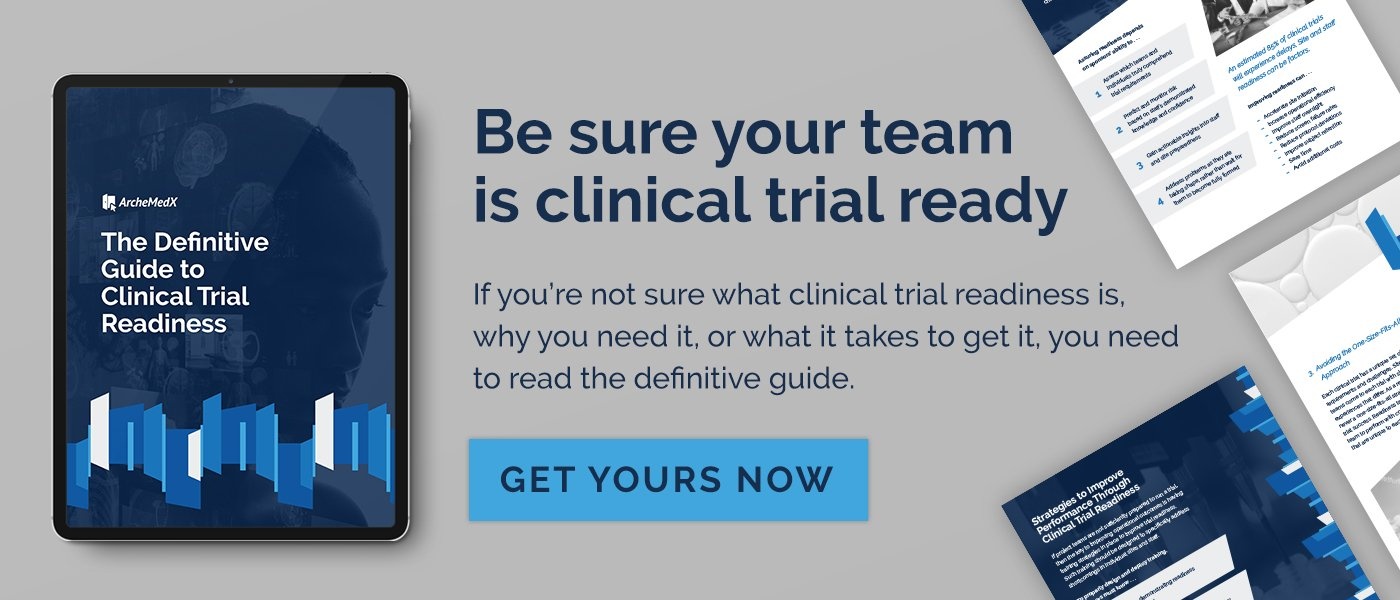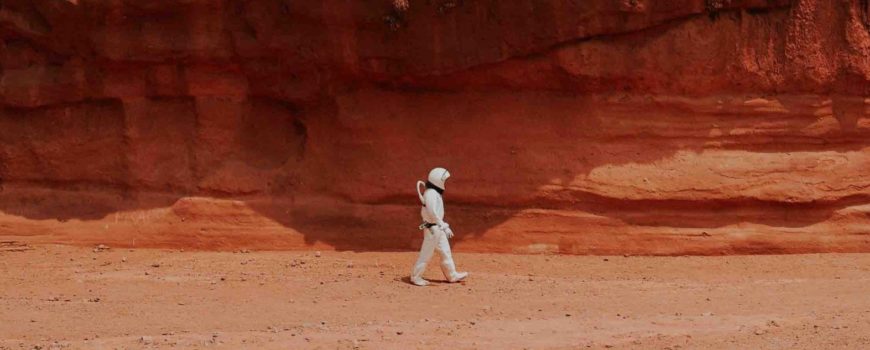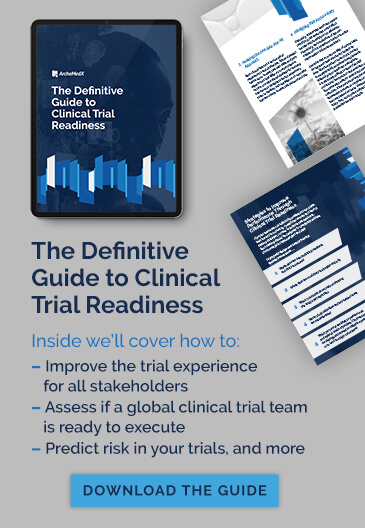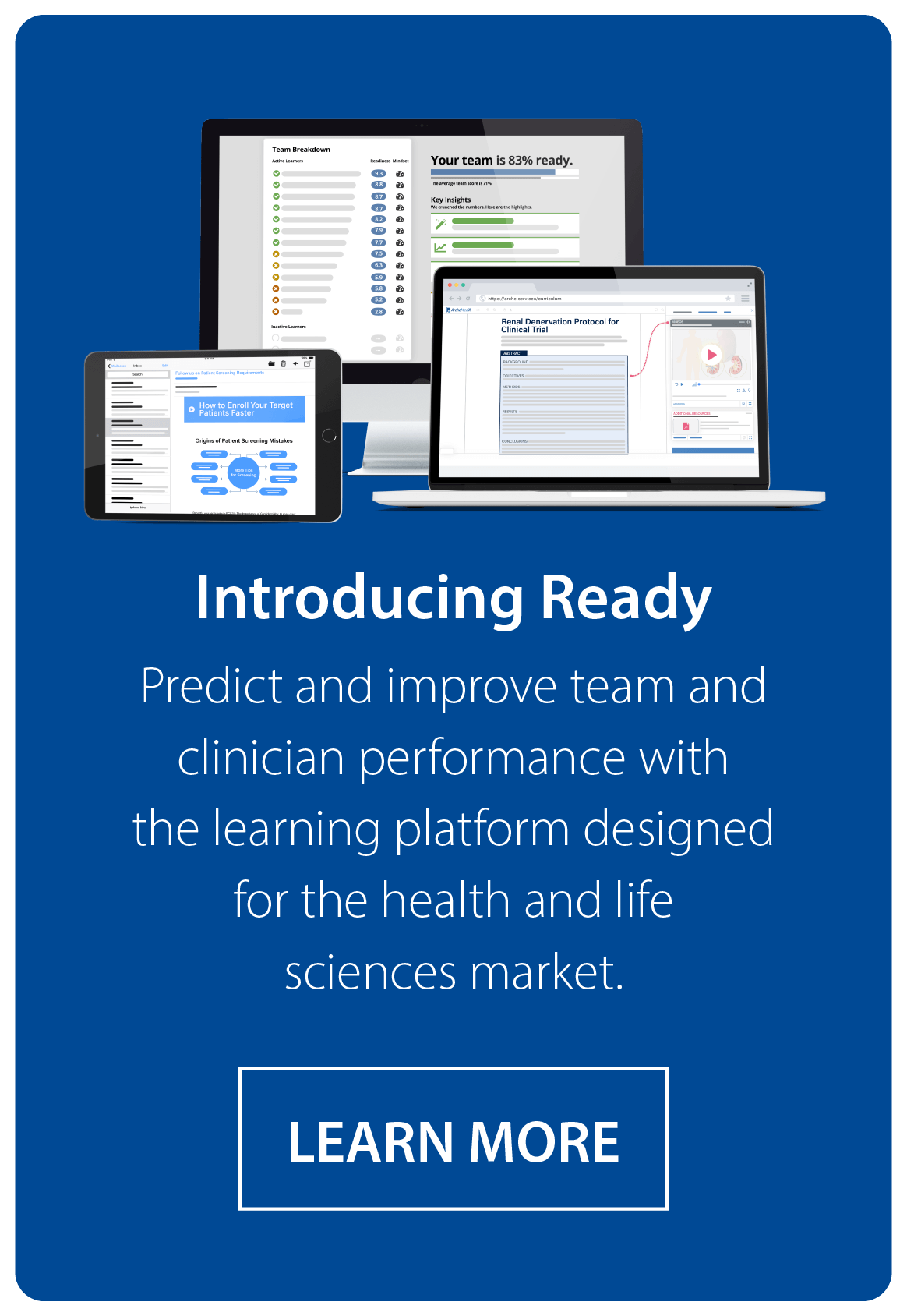One of the best analogies on learning that I ever learned came in a rather unlikely place.
I had just walked from my car to meet a PGA Top 100 golf instructor (John Dunigan), he was going to help me work through some issues with my game. 15 minutes into the lessons John could tell that I was getting frustrated with my swing changes and he asked me to join him on a quick walk. I put down my clubs and we began walking back towards my car. About half-way there John stopped me – the scene was not much different than the picture to the right – we were standing in the woods on a path that had been worn by years and years of golfers walking back-and-forth from the parking lot to the driving range.
John said, “Imagine for a second what this path looked like the first day a golfer found this short cut to the range… now compare that to today…” [Perhaps you can picture it?]
John continued, “This time, imagine what it would have looked like had no one ever repeated the trek…or if it was only traveled once a year?”
That 5-minutes spent on the walking path through the woods has stuck with me for years. And for years I have used the imagery of the worn path to help others understand why learning is rarely, if ever, immediate – instead, it is the end-product of spacing, time, and retrieval.
The first time a learner is confronted with new information, it is like the first golfer walking through the woods near the range. While some grass and twigs get trampled, the path may even look slightly worse than before. But in a matter of days the grass is likely to regrow and there will be no visible path. If the golfer returns the next day, the next week, the next month….over time, the path is worn in and becomes permanent.
Neurobiologically, the first time new information is consumed it is like the first walk through the woods – and neural networks are weakly formed and the knowledge is tenuous. If the new information is not revisited, the networks weaken and a learner’s ability to retrieve the information (to follow the path) is lost. However, if the learner is re-exposed to the information, if they are allowed to confront the limitations of their knowledge, if they are presented with reminders or educational boosts; one-off learning experiences become engrained neural networks, and strong, efficient retrieval is made possible (AKA, true learning; retention).

—
At ArcheMedX we have long recognized that learning is often inefficient and unsuccessful if the learner does not take the right actions (i.e., reflecting, taking notes, searching, etc) at the right time. And one of the most critical levers to learning is to ensure a learner will be re-exposed to new content/information over time; with each subsequent experience or new exposure, the neural networks strengthen and the worn path is formed.
Now think about the startup phase of your clinical trial…how much of the success of your study is dependent on project staff and/or site personnel learning new information or skills and applying them correctly throughout the course of the trial.
Now reflect on how you or your organization have traditionally supported this critical learning.
Could you invest the time and resources necessary to ensure critical skills and knowledge were ingrained in the minds of staff and site personnel like the well worn path becomes through repetition, or did most staff and sites rush through training, paying little attention to critical details, like the lightly trampled grass and twigs that is quickly overgrown again in the days that follow?
Taking the same old approach to learning leads to costly delays and deviations, especially as staff and sites face increasingly complex protocols and recruitment challenges. The sooner we realize that learning is a journey that cannot be completed in a single, frantic race to initiate a site, the more we can ensure that we really are effectively prepared to conduct the trial.
—
If you are interested in learning more about the science of spacing and retrieval, let me know!
If you are interested in fixing your golf game, maybe we can meet up on that worn path and spend some time with John 😉…





